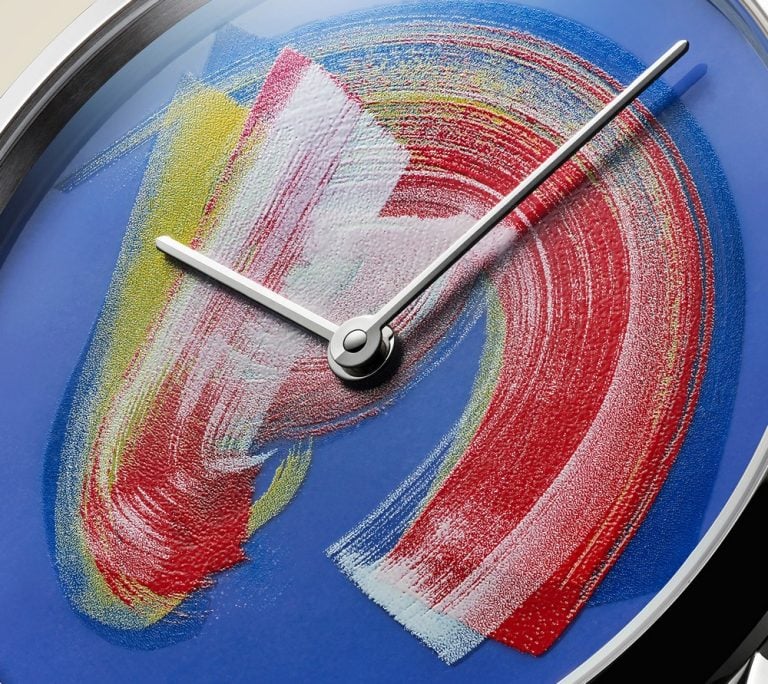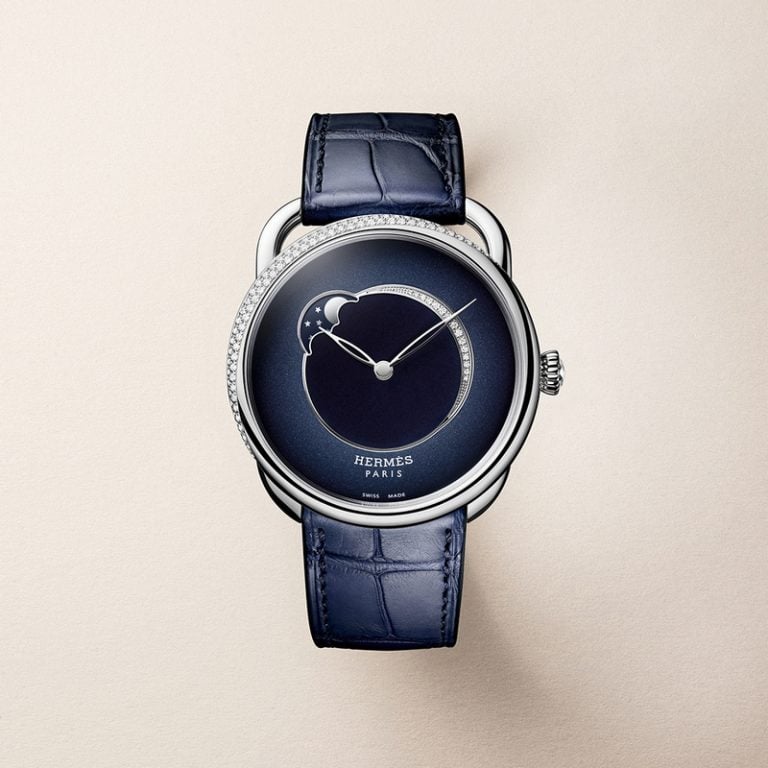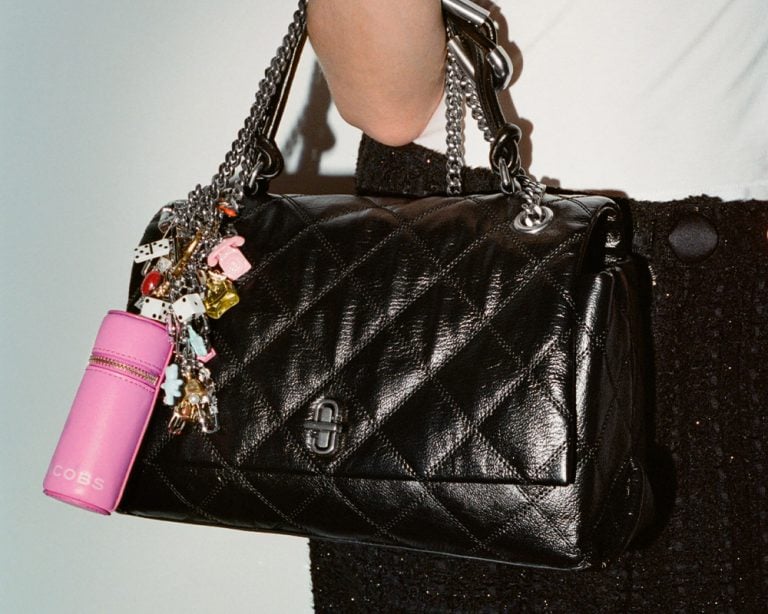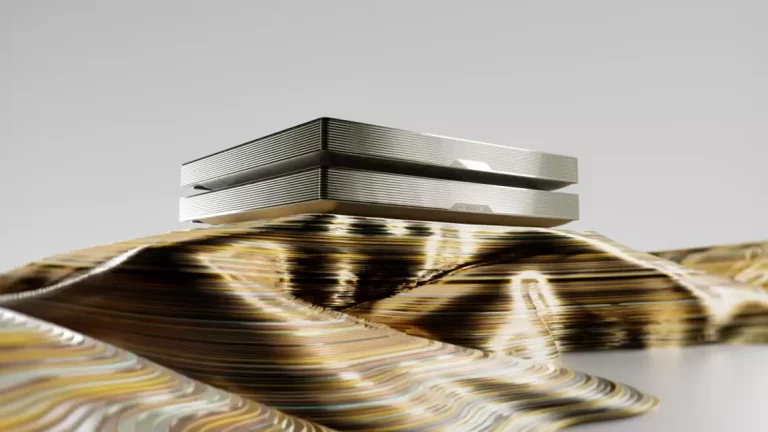A scrapbook of ideas is how Jonathan Anderson conceived the women’s and men’s collections for Fall Winter 2025
A scrapbook contains things old and new that are gathered at random to be preserved as memories or to serve as inspiration; mementoes fill the pages. Devising the collection as a scrapbook, Anderson plays on LOEWE codes and tropes such as trompe l’oeil, distorted scales and volumes, all filtered through art and artisanal craft, which led to a collaboration with the Josef & Anni Albers Foundation.
The work of the midcentury pioneers serves as a central inspiration and point of departure, where nested squares or colour blocks from Josef Albers’s Homage to the Square series, metamorphose the familiar forms of the Puzzle, Flamenco clutch, Amazona and other bags. Anni Albers’s pictorial weavings, which elebrated thread as a vehicle for artistic exploration, bring a graphic tactility to coats and signature bags.
Elsewhere the dialogue between womenswear and menswear is organic and seamless, fusing the output into a whole. The eye and the mind are constantly puzzled as soft architectures are drawn on and around the body. Leather is spliced, draped, and elongated, jersey dresses are sculpted into round forms, while familiar wardrobe staples—shirts, knits, and coats—are fused together in blunt hybrids, turning the known into something unsettling.
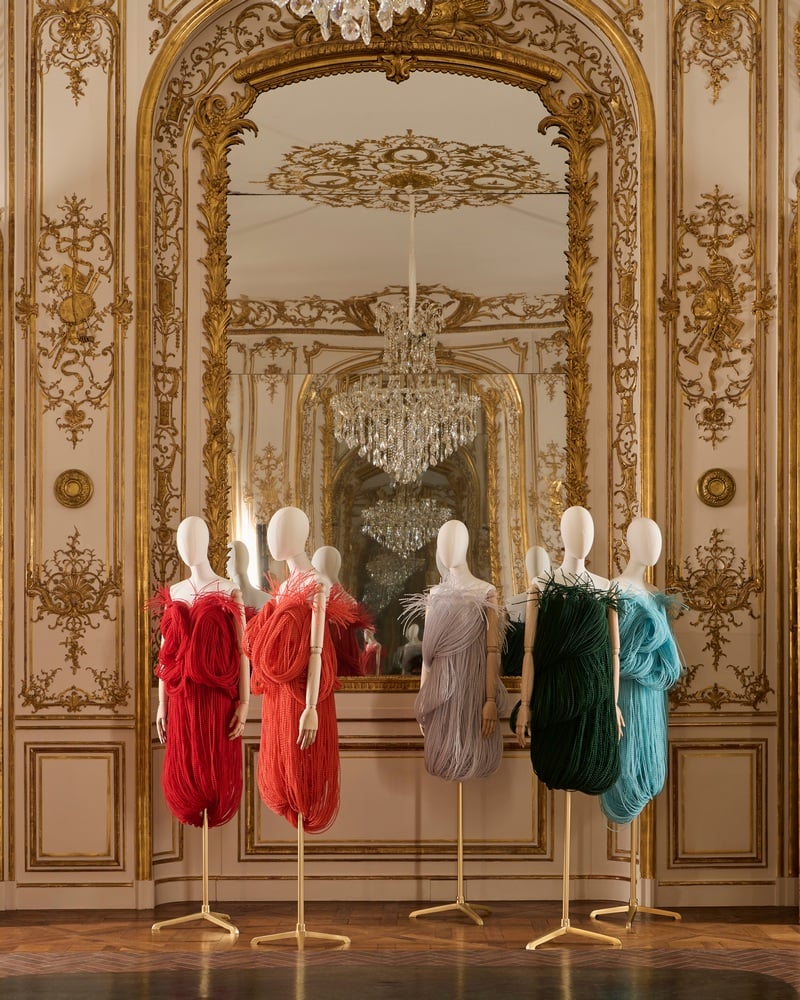
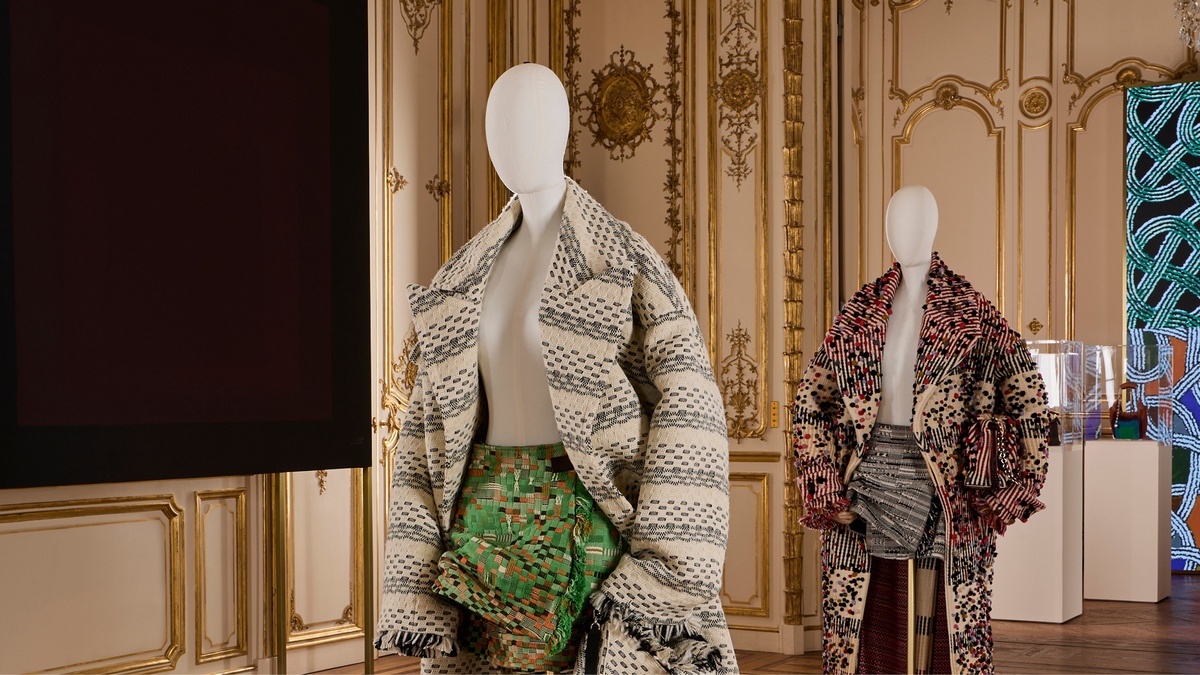
An exploration of scale, zooming in and out: solid silhouettes that are made of micro elements; a tiny ring that becomes a top; blown-up tricot stitches. Slicing is featured profusely, offering an invitation to look inside the garment and experience fashion as something permeable rather than static.
A Prince of Wales check liquefies into metallic fringes, dresses in beaded organza strands take on the illusion of see-through, hardness gets a sense of softness. Surface treatments add granularity; dense beading migrates from clothing to accessories and Toy mules, while the Ballet Runner 2.0’s familiar pattern is recreated in shearling
#LOEWEFW25
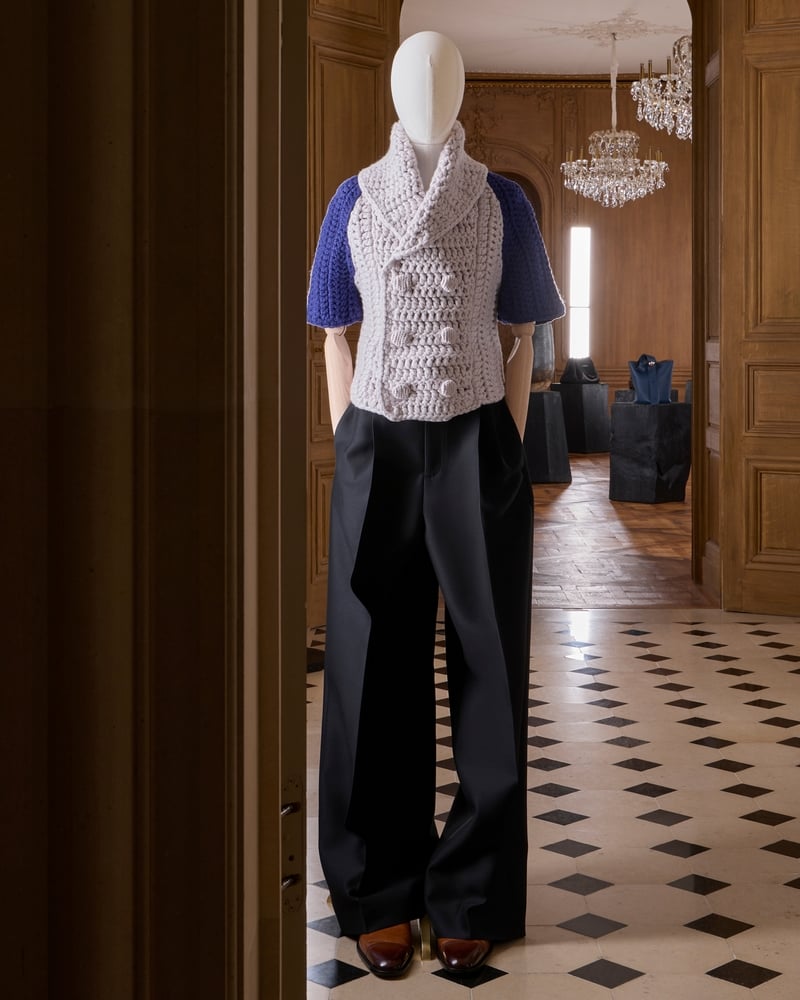
The 18th-century Hôtel de Maisons is transformed for the Fall Winter 2025 presentation, with seventeen themed rooms where the collection unfolds, alongside an eclectic curation of works from the LOEWE art collection and installations featuring familiar elements from past shows, campaigns, and the LOEWE ateliers. The works include British artist Anthea Hamilton’s Giant Pumpkin No 2, 2022, which appeared in the LOEWE Fall Winter 2022 women’s runway show and campaign; a trio of South African ceramic artist Zizipho Poswa’s vases (Magodi – Bukiwe, 2020, Umthwalo – Vuyelwa, 2020 and Weniamo – Baobab Series, 2020) and Japanese sculptor Yoshihiro Suda’s Morning Glory, 2023.
Elsewhere works from projects past and present appear, including inflated acrobats from the LOEWE jewellery collection, a super-sized apple originally created for the Spring Summer 2025 precollection campaign, and a collection of mushroom staddle stones, arranged in the garden, that featured in LOEWE Chairs at Salone del Mobile 2023.
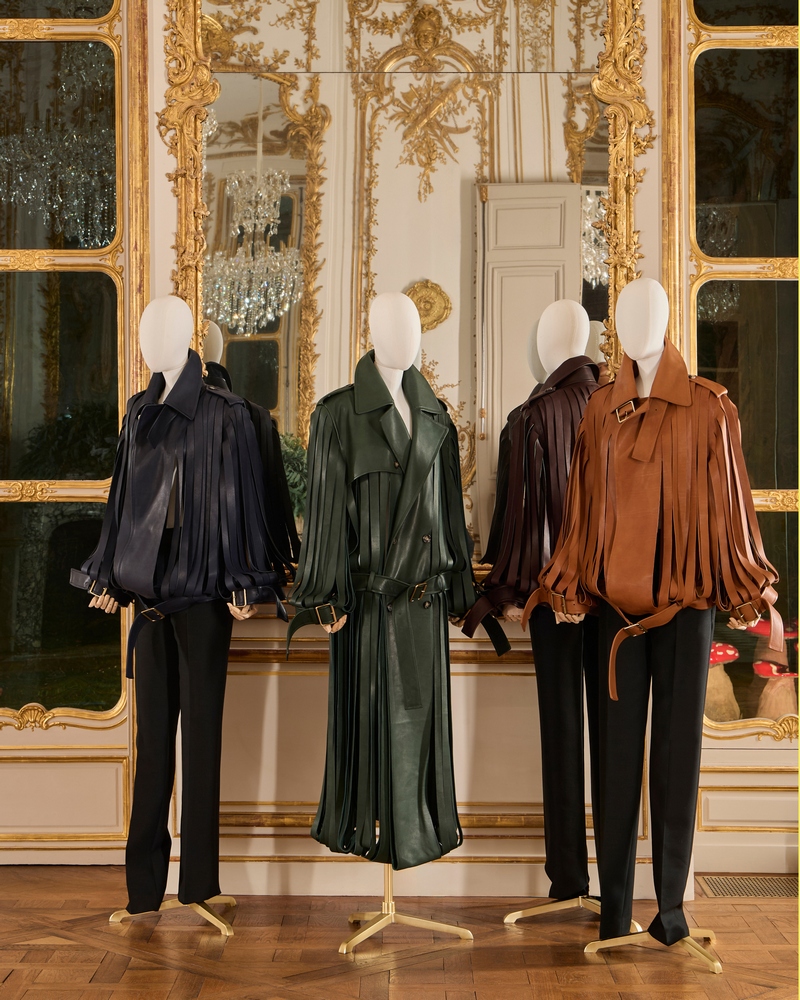
Josef and Anni Albers were pioneers of 20th-century modernism, whose innovative work transformed the blending of art and craft. The couple first met at the experimental Bauhaus School in 1922. While each was hugely influential in their own fields, they shared an intertwined approach to colour and form.
Josef Albers (1888–1976) was one of the most influential abstract painters and art teachers of the 20th century. He began his Homage to the Square series at the age of 62, producing more than 3,000 versions. His artistic career, which bridged European and American Modernism, consisted mainly of a tightly focused investigation into colour perception and spatial relationships. Using simple geometric forms, Albers sought to produce the effects of chromatic interaction, in which the visual perception of a colour is affected by the hues adjacent to it.
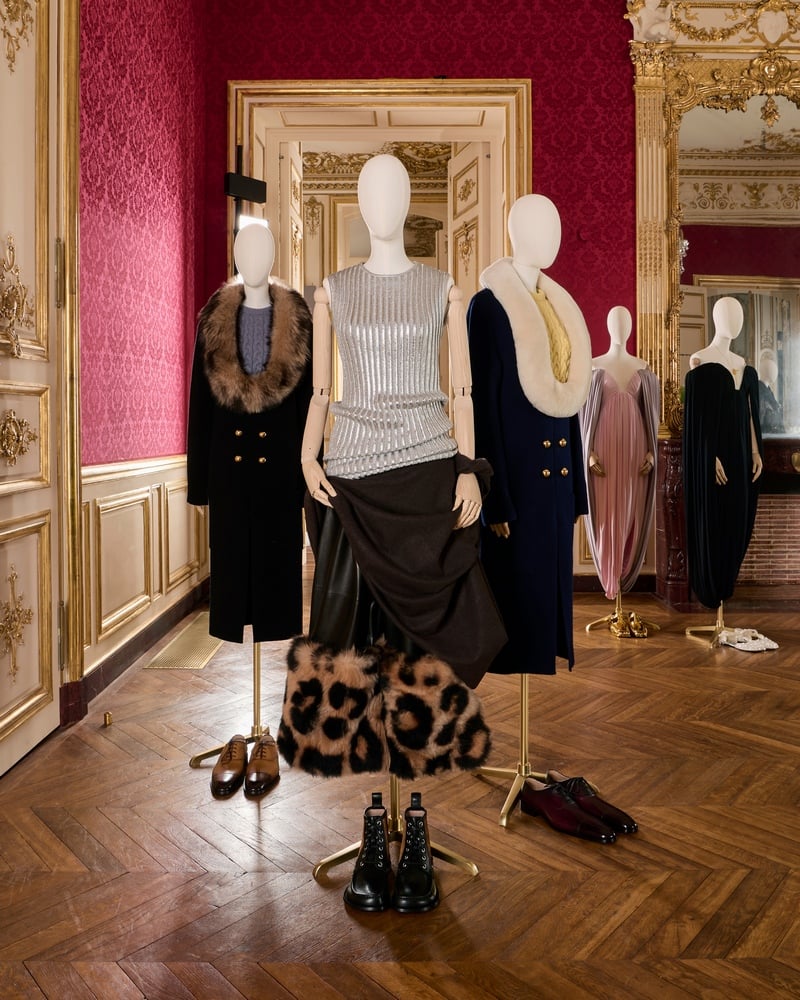
#LOEWE
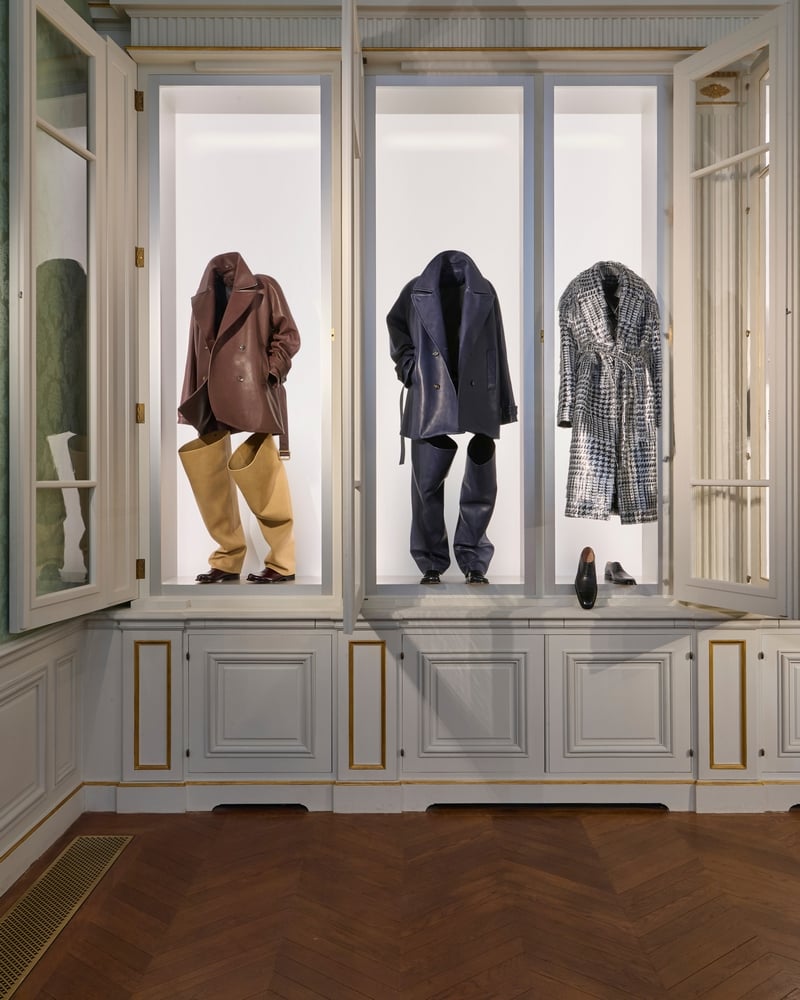
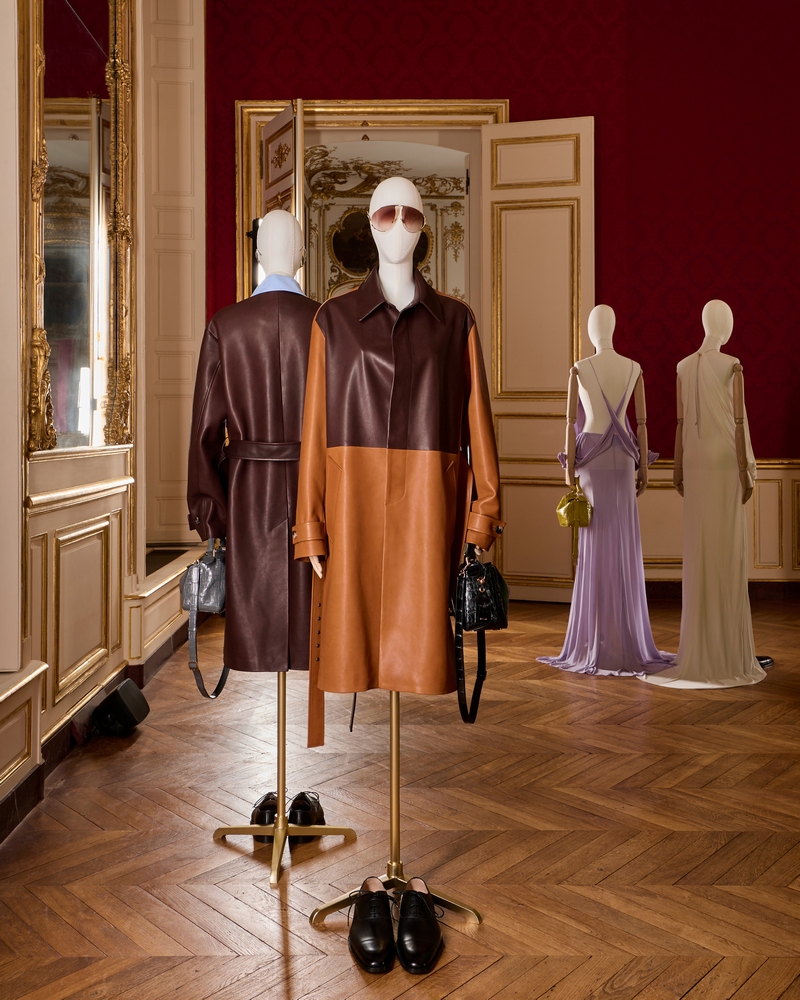
Two paintings from the Homage to the Square series (Precinct, 1951; Light Soft, 1968), three Homage to the Square studies (Study for Homage to the Square, 1966; Pompeian, 1964; Emanation, 1964) and another work (Scherben in Gitterbild, c. 1921), are referenced in the FW25 collection.
Known for her graphic wall hangings, weavings, and designs, Anni Albers (1899–1994) is considered one of the most important abstract artists of the 20th century, as well as an influential designer, printmaker, and educator. In 1949, she became the first textile artist to be given a solo show at the Museum of Modern Art in New York. Albers was deeply influenced by pre-Columbian art and textiles and employed long-forgotten techniques discovered through her in-depth study and collection of these works, leading to the creation of her pictorial weavings of the 1950s. After 1963, she focused largely on printmaking and drawing, creating numerous abstract motifs that—like her weavings—set up a dynamic play between figure and ground.
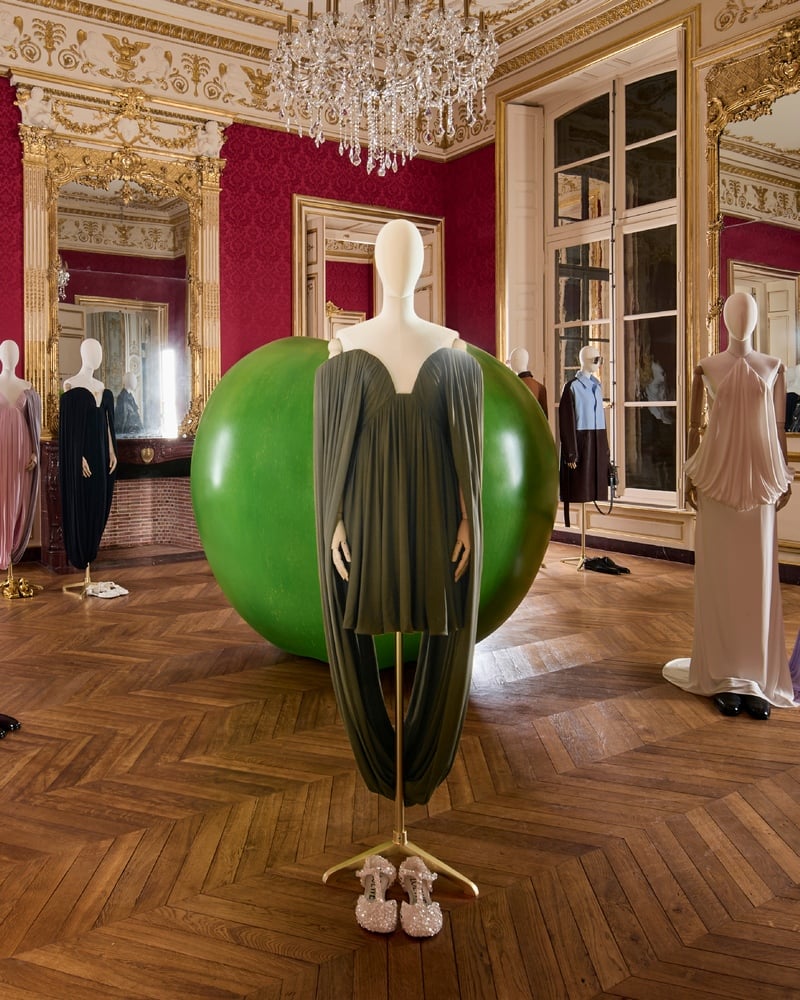
Four of her textiles (South of the Border, 1958; Pasture, 1958; Open Letter, 1958; Dotted, 1959), along with an unnamed textile sample, are referenced in the FW25 collection.

